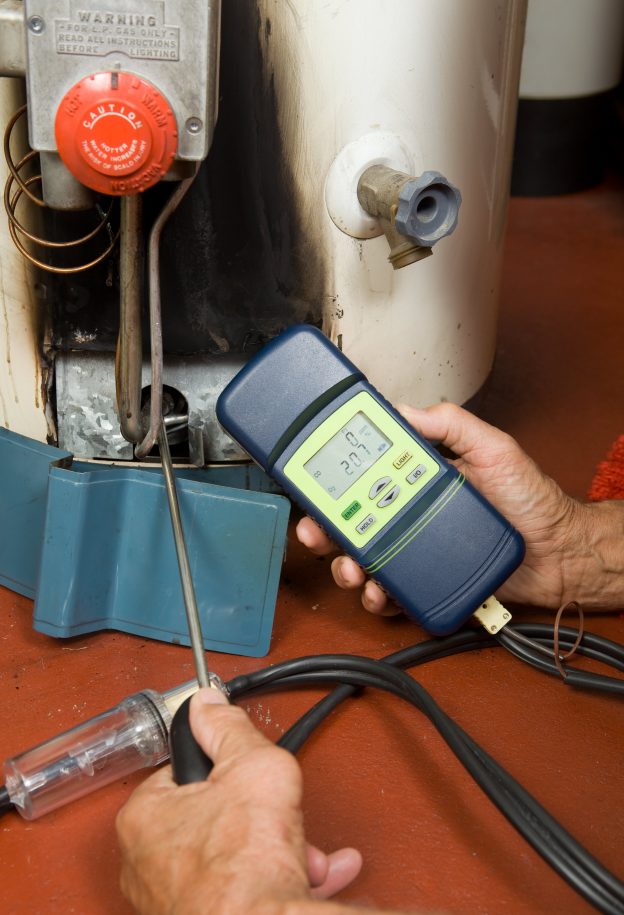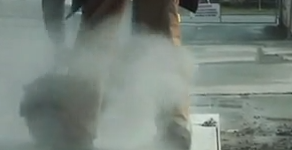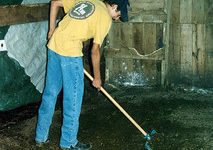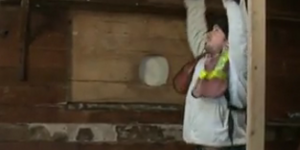
People using gas-powered heaters – at home and at work – need to protect themselves.



People using gas-powered heaters – at home and at work – need to protect themselves.

In 2015, Canada’s Workplace Hazardous Materials Information System (WHMIS) was updated to be in line with similar systems in the United States and other countries. It’s now referred to as WHMIS 2015 and also as the globally harmonized system (GHS). It’s being rolled out gradually until 2018, to give workers, employers, and suppliers enough time […]

It’s being updated with new hazard classes, new labelling requirements, and a new format for Safety Data Sheets (up til now known as MSDS).

These employers are among those targeted during planned inspections of residential demolition worksites in BC.

“Only use brake pads that do not contain asbestos. When ordering aftermarket replacement brake pads, check to confirm that the product identifies or confirms that it does not contain asbestos,” warns the Ontario Ministry of Labour.

Let’s put the spotlight on exposure to silica dust in stone, bricks, tile, and gravel. Workers who grind, cut, and haul these materials are at risk of developing silicosis – a lung disease that destroys lung tissue and restricts a person’s ability to breathe.

Since 2000, 14 workers in the US have died while refinishing bathtubs. All the deaths involved the use of paint-stripping products containing methylene chloride: “a highly volatile, colorless and toxic chemical that is widely used as a degreaser and paint stripper.”

“… inhaling too much of it can result in suffocation due to insufficient oxygen,” reads a new safety alert issued by WorkSafeBC after a BC farmer was exposed to elevated methane levels while moving manure. This is a known hazard – but reminders are still needed.

I recently visited the CanSav website and read a number of tributes to people who died from asbestos-related illness. Bob Katzka – founder of the Canadian Society for Asbestos Victims – emailed a link to the site when he introduced himself after finding my blog. His father died of asbestos-related illness in 2007 and he’s sharing his story so others will know they aren’t alone.

Check out these asbestos resources offered in honour of Global and National Asbestos Awareness Week Apr. 1 to 7.